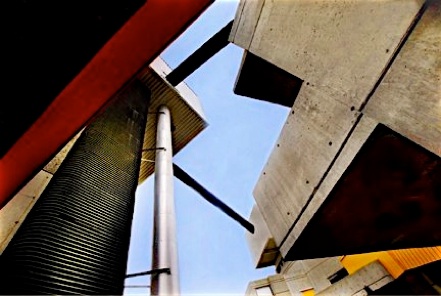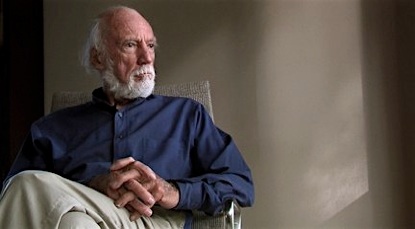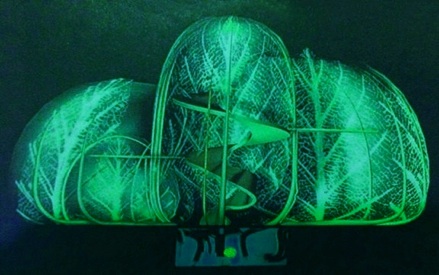ARCHITECTS OF INTEGRITY
Architects of integrity do not believe in social uplift, pretentiousness,
moralizing, or respectability as essential in their work.
They have accepted the condition of change and uncertainty.
They deal with the fragmentary rather than the complete.
They are interested in process rather than finality.
They accept human imperfection rather than idealism.
They have faith in emerging ideas rather than preconceived ideas.
Their buildings express growth as an accretion or concretion of forms.
Sometimes they are less rational, less regulated, less formal, less modular.
They favor formative art, not fine art.
They are impervious to established values in art thought they have a true concern
for the society they lead.
They work for significance rather than beauty per se.
They believe in man working in relationship to nature.
- John M Johansen


















